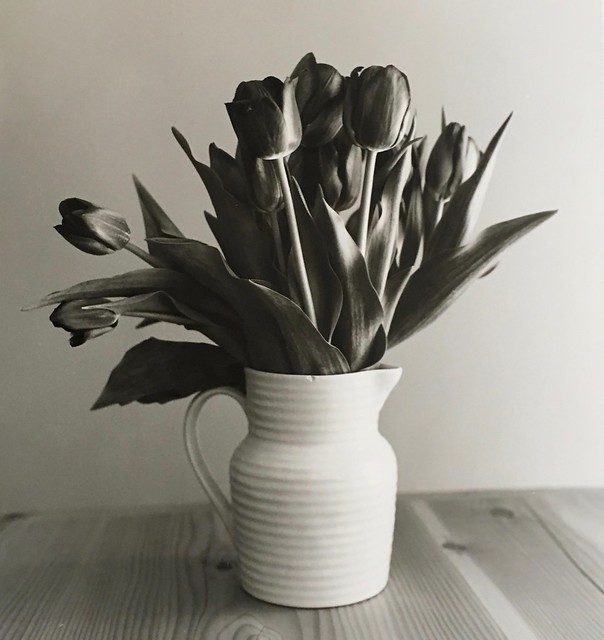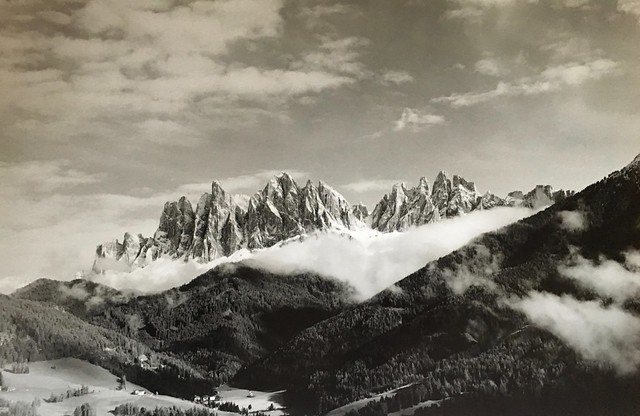ajs
Anthony
I was at a shop not too long ago where someone who had clearly never shot film before was asking the clerk for some color film. Long story short, he suggested shooting with Portra 400 for general purpose daytime photography. I've since noticed a good number of people using and recommending an ISO 400 film for regular day time photography. I'm not sure I understand why or how.
Given a Sunny 16 day, ISO 400 would typically be shot at 1/500th at f16 or 1/1000th at f11 (I guess 1/250th at f22 too?) and an overcast day would be around 500 at f8 / 1000 at f5.6.
Of course there's times you want to expose for darker shadows and having less light than "daytime" is a perfect use for 400 but, for the most part, I feel like 400 is a pretty limiting film speed.
If you're shooting 400 during the day, can you explain how you use it? Aren't you often running the risk of over-exposing? Do you find it to be reasonably flexible?
This is all assuming we're talking about cameras with a max 1/1000th SS.
Given a Sunny 16 day, ISO 400 would typically be shot at 1/500th at f16 or 1/1000th at f11 (I guess 1/250th at f22 too?) and an overcast day would be around 500 at f8 / 1000 at f5.6.
Of course there's times you want to expose for darker shadows and having less light than "daytime" is a perfect use for 400 but, for the most part, I feel like 400 is a pretty limiting film speed.
If you're shooting 400 during the day, can you explain how you use it? Aren't you often running the risk of over-exposing? Do you find it to be reasonably flexible?
This is all assuming we're talking about cameras with a max 1/1000th SS.
1/125 | 1/250 | 1/500 | 1/1000 | |
|---|---|---|---|---|
ISO 100 | ||||
Hard Shadow ☀️ | f16 | f11 | f8 | |
Soft Shadow 🌤️ | f16 | f11 | f8 | f5.6 |
Overcast ⛅️ | f11 | f8 | f5.6 | f4 |
Heavy Overcast 🌥️ | f8 | f5.6 | f4 | f3.2 |
ISO 400 | ||||
Hard Shadow ☀️ | f16 | f11 | ||
Soft Shadow 🌤️ | f16 | f11 | f8 | |
Overcast ⛅️ | f16 | f11 | f8 | f5.6 |
Heavy Overcast 🌥️ | f11 | f8 | f5.6 | f4 |





